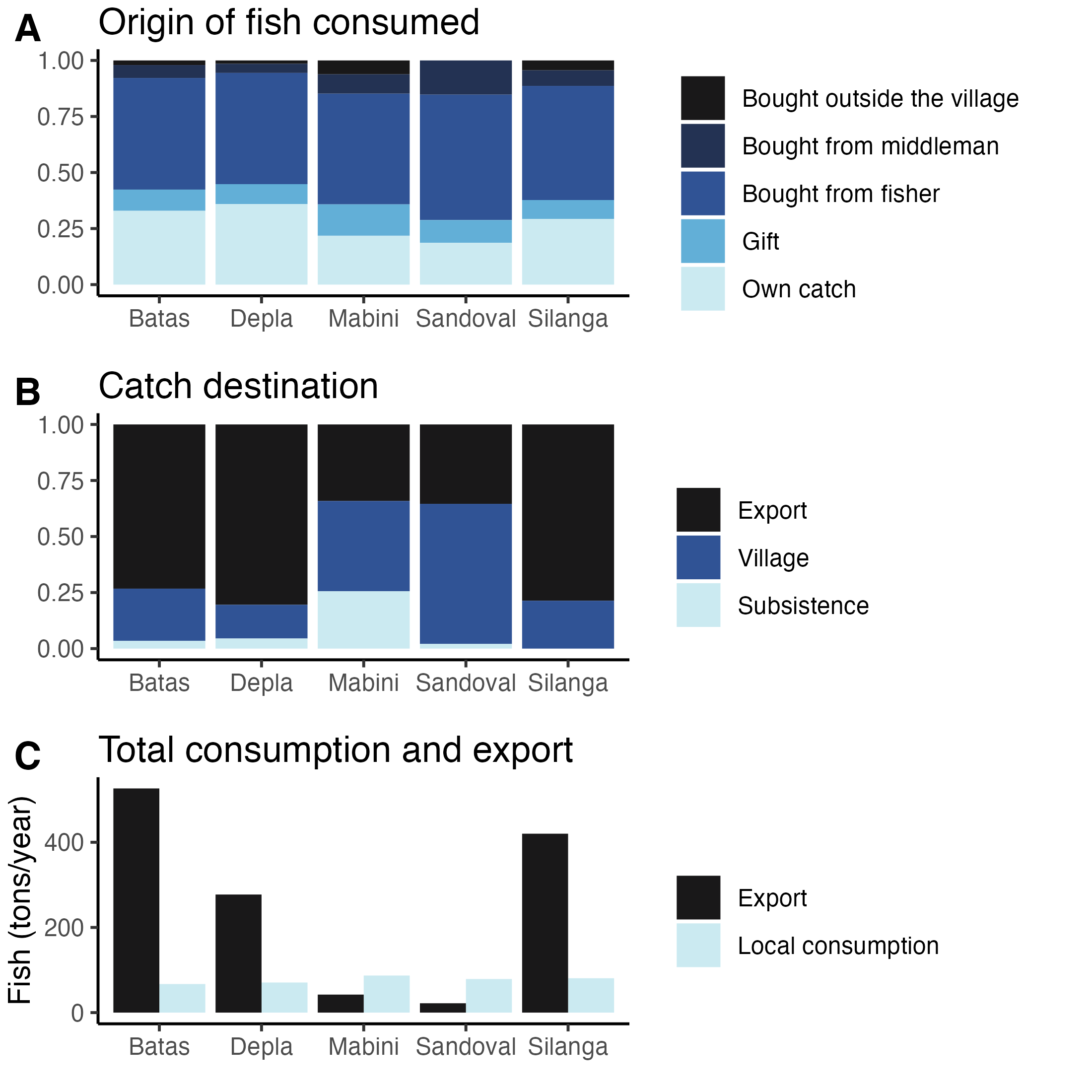News from SHAMA project !
Victor Brun, a member of the SHAMA project and a doctoral student at CRIOBE and the Sulubaaï Environmental Foundation, takes the floor to present their progress!
“El proyecto SHAMA (Shark Fin Bay Marine Association) de la Fundación Sulubaai se puso en marcha en agosto de 2022 con el objetivo de crear una comunidad de investigadores, pescadores, responsables de la toma de decisiones y miembros de ONG reunidos por una cuestión común: la bahía de Shark Fin en Palawan (Filipinas), la sostenibilidad de sus pesquerías y la seguridad alimentaria de sus habitantes. After a series of meetings with all the players involved, to get to know each other and take an interest in everyone’s positions, the second part of the project was able to begin in 2023: large-scale data collection involving the fishermen.
Collection of socio-ecological data
The first pillar of the SHAMA project is data. And to collect good quality data, we decided to work with a wide range of stakeholders, from local researchers to fishermen. Thanks to a series of missions led by the French NGO “Plongeurs du Monde”, and themed workshops, we have been able to train four fishermen in diving and collecting scientific data. With their help, and based on data previously collected by us, we were able to add to our knowledge of the bay’s fish populations. On top of that, this training has given us the opportunity to share an important part of our scientific work with people who are often excluded from it. We then surveyed the five villages that form part of SHAMA to gather data on fishing, the diet of the inhabitants, and in particular on fish consumption and the link with their food security. Finally, we went out to sea with several fishermen to count their catches, to look at the effect of a local marine protected area, and the links between habitat quality and fishing quality.
Summarising and sharing data
Raw data is often only of value to researchers. Having gathered a great deal of information, we then carried out a rigorous process of digestion and synthesis to share this data with the people it concerns. One important finding that we were able to discuss on several occasions was the major importance of fish exports in certain villages. Hemos podido calcular que Batas y Silanga exportan respectivamente el 89% y el 84% de sus capturas anuales, a menudo en detrimento de los residentes locales (más de 1.500 habitantes), que tienen que soportar precios más altos y una menor disponibilidad de pescado en el mercado local. En un tono más positivo, los datos que recogimos sobre la pesca mostraron un efecto positivo de una zona marina protegida declarada hace unos años, con una mejora de las capturas en los alrededores. As the data collection work was carried out in direct collaboration with fishermen, the results are easier to communicate and more understandable for users of marine resources. This summary work was then used to organise information campaigns in the villages concerned, bringing together more than 200 people concerned by fishing and the fate of their resources.
Next steps
Further data collection is planned, in particular to examine the seasonal dynamics of fishing and fish consumption. Our understanding of local issues is still relatively static, and a better understanding of the social and ecological issues surrounding fishing will require more time and a replication of our survey work. At the same time, we are working on organising a participatory workshop bringing together all the members of SHAMA with the local authorities, in order to discuss our findings and propose management options based on the scientific facts we have drawn from our work. These options could be anything from restrictions on the fishing gear used to controlling the price of fish and exports. In any case, such options can only be seriously discussed around a table at which fishermen’s representatives will be present and will have both strength in drawing up proposals and decision-making.”







